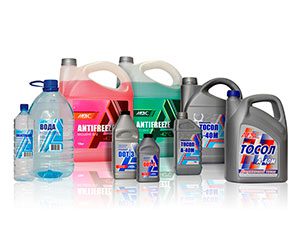
Coolant: everything you need to know
Content
The role of the coolant is to keep your engine at the correct temperature and thus prevent overheating. Therefore, you must be extra vigilant when servicing it in order to prevent engine breakdown and therefore very serious repairs, which are much more expensive than a simple coolant change.
🚗 What role does coolant play?
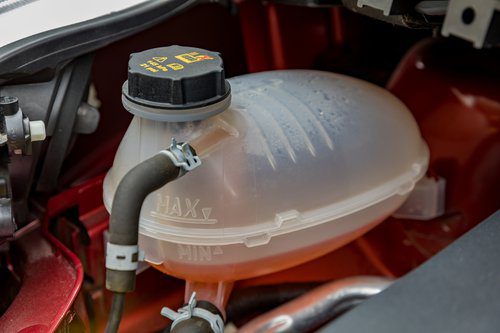
Your engine fires an explosive reaction called jogging... Heats up to more than 100 ° C when rotating. This heat is transferred to other components of your car's engine, but they must be protected from it.
Le Cylinder head gasket this is, for example, a very heat-sensitive part of your engine. In case of high temperature, it may deteriorate. Then it will need to be replaced, but this is a part that costs several hundred euros to replace.
Another point to emphasize is that in the event of excessively high temperatures, your engine may not perform optimally. As a result, your car uses more fuel.
That's where coolant... Its role is to regulate the engine temperature while driving. To do this, the fluid rotates along a circuit that removes heat from the engine due to Radiator placed at the front of your vehicle.
In a closed loop, it is continuously cooled by the radiator before passing through the engine. It is contained in a reservoir called expansion tankeasily accessible by opening the hood.
This liquid is similar to water and must not freeze in winter to function well. To avoid this, it contains ethylene glycol, which is a component of antifreeze, which explains its nickname as antifreeze fluid.
🔧 How does the cooling system work?
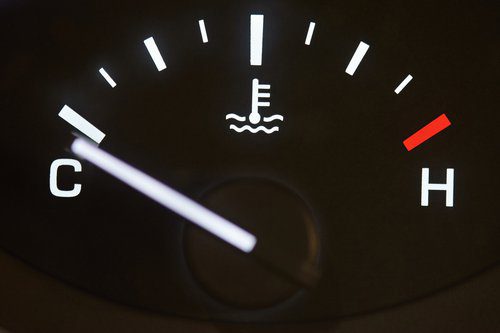
Le coolant circulates between Radiator and the engine. Once in the cooling system, it recovers excess heat, which then goes to the radiator. It is cooled by the ambient air from the air intakes and grille. Then it goes back to the engine and so on.
The coolant should be changed regularly because it wears out over time. When we talk about replacing or upgrading, this also includes coolant drain.
Why ? Just to remove air bubbles that have gradually formed inside and to avoid mixing the two types of liquids (if you choose a new one).
Please note that the coolant should be changed every 30 kilometers or on average every 000 years in your garage.
💧 How to check the coolant level?
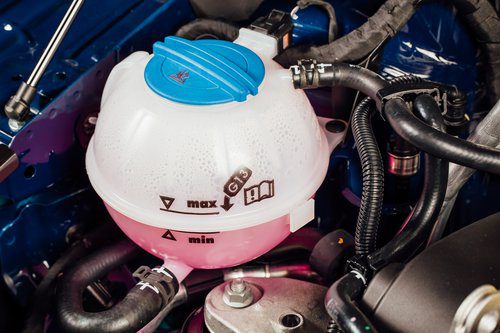
Checking the coolant level is very easy. You have two marks on the expansion tank:
- Mini level : minimum level below which coolant must be added urgently.
- Maximum level : the maximum coolant level that must not be exceeded in order to avoid overflow.
Therefore, you just need to make sure that the liquid level is between these two gradations. If it is too low, top up by opening the expansion tank cap.
The check is simple, but remember to keep it cold. Opening the cooling vessel while the engine is hot can indeed cause severe burns if pressurized fluid escapes directly when the engine is opened. In addition, the heat expands the liquid and you will not be able to read the level correctly.
🗓️ When to drain the coolant?

On average, you will have to drain the cooling system every 30 kilometers, or approximately every 3 years. If you drive more than 10 km a year, count on the mileage.
If you don't change your fluid regularly, it will be less effective. As a result, your engine does not cool well, you consume more fuel and can even damage the cylinder head gasket. Don't stay too long!
Attention: Some symptoms may indicate that the coolant must be drained to the recommended 30 km. Pay attention to these symptoms and know how to recognize them.
🇧🇷 How do I drain the coolant?
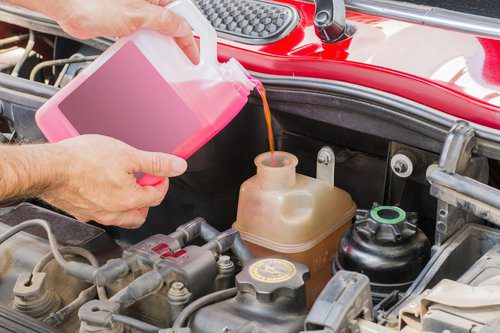
Do you want to save money and have the skills to work with mechanics? The good news is you can flush the coolant yourself! We explain how to proceed.
Material:
- Tools
- Coolant
Step 1: access to the radiator
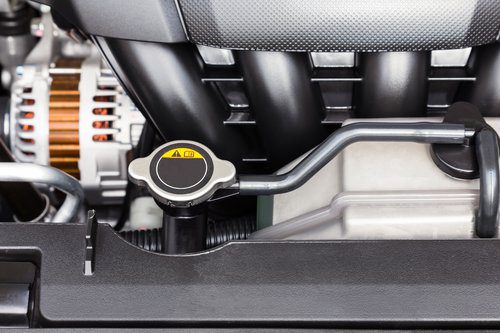
Before starting, make sure your engine has been turned off for at least 15 minutes to avoid burns, and make sure your vehicle is parked on a level surface. Open the hood and locate the fluid reservoir or surge tank cap.
Step 2: drain the coolant

Check the level at the minimum and maximum marks on the side of the tank. Fill the radiator with coolant to the top through the funnel. Loosen the bleed pipes to allow air to escape from the cooling circuit.
Step 3: Check the coolant level
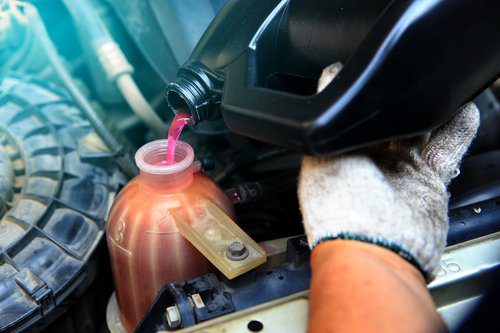
Start the car and run the engine for at least 5 minutes to release the air. Then top up the tank as the exhaust air reduces the volume. Start again to release air again and top up if necessary.
Clean the sealing cap and close it. Do not drive the car for half a day to cool the fluid and top up the level if necessary.
Attention: do not empty the liquid down a sink or drain, as it will heavily pollute the environment. It contains toxic substances (ethylene and propylene glycol), so it must be handed over to a mechanic.
?? How much does a coolant change cost?
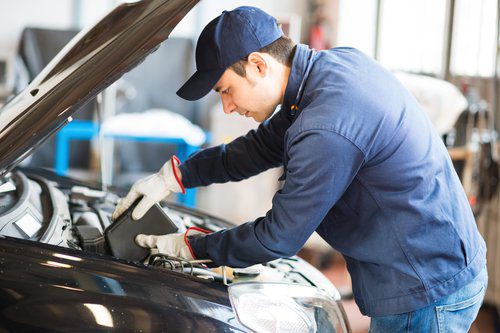
The cost of replacing the coolant depends on your car model. On average, you need to count on its replacement from 30 to 100 euros, including labor and coolant. Here is a table of intervention prices for some of the top-selling models in France:
As you already understood, coolant plays an important role in your car. Failure to comply with fluid change guidelines jeopardizes your engine and its components, which can lead to costly repairs. Use our comparator to replace your coolant at the best price!
